Build a Storytime
We compiled storytime components you can use at home when storytimes are on break. Watch our videos to learn short songs, fingerplays, action rhymes, and counting songs that we use at library storytimes, with your child or on your own. Then combine music and rhymes with some of our favorite books and a TALK early learning activity.
DISCOVERY TIME SONGS
Singing songs helps your little one learn the sounds of words, rhythms of language, and builds memory skills. Add some movement and dancing to build large motor skills and give kids a form of self-expression. Finger plays build fine motor skills too.

COUNTING SONGS
Sing counting songs to help your child memorize the order of the numbers and learn basic addition and subtraction. You can practice with any small set of toys or blocks at home if you don’t have a felt board.
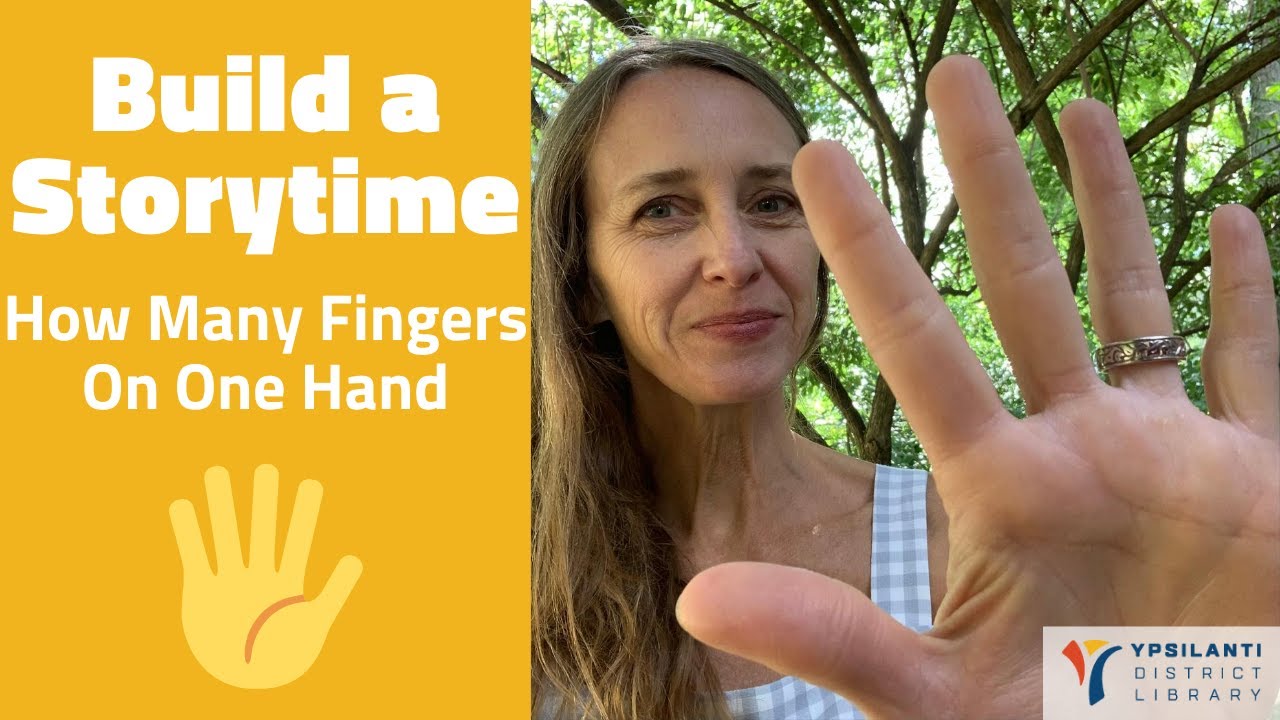
NURSERY RHYMES
Nursery rhymes help young children become ready to learn to read! Both rhyme and rhythm help kids hear the sounds and syllables in words. Sing along with Pat to learn a few classics!
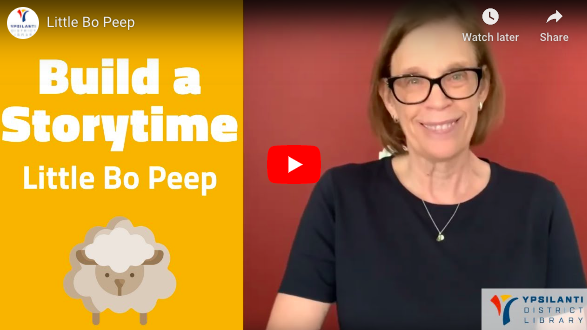
BABY TIME
Short videos to help you learn songs Psyche sings at Baby Time and activity ideas perfect for pre-walkers!
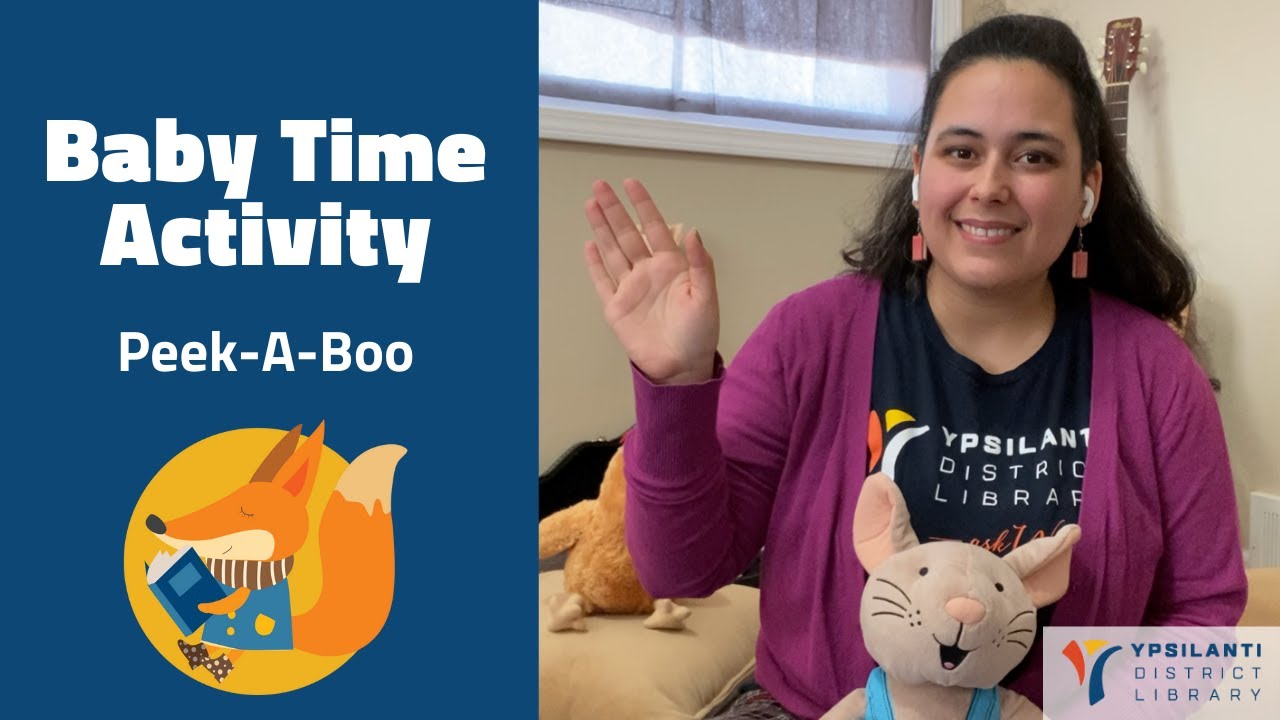
LET’S MOVE!
Movement exercises build muscles and motor skills and allows kids to practice following directions, an important kindergarten readiness skill.

FUN ACTIVITIES
Find activities closely tailored to your child’s developmental stage at TALK: Text and Learn for Kindergarten. Sign up to get quick, easy activity suggestions by text twice a week for little ones 6 and under. Make anytime learning time!
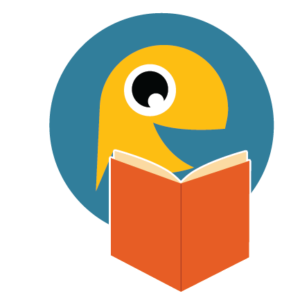
OUR FAVORITE READ ALOUDS FOR EVERY STAGE OF A LITTLE ONE’S DEVELOPMENT
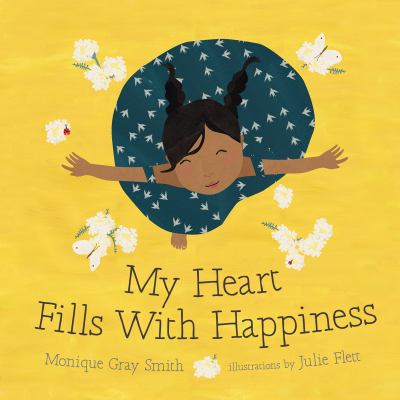
BABIES
For little ones birth-18 months, choose short books with lots of repetition, rhyming, and colors. For newborns, look for high contrast images and faces.
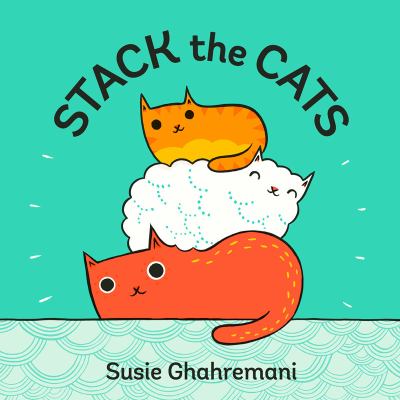
TODDLERS
For little ones 18-36 months now on the move, choose books with vivid colors, lots of rhymes, and ways to involve them in the story through actions or counting and talking about what’s on the page. Use books to introduce numbers, ABCs, colors, and shapes.
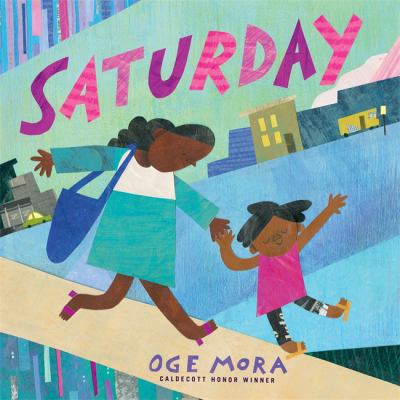
PRESCHOOLERS
For your 3-5 year old who can sit longer, choose books that introduce lots of new words and play to your child’s special interests–dinosaurs, favorite characters, horses, trucks, and more! Use fiction and nonfiction to answer their questions about the world, or use I Spy books to send them on a hunt through colorful pages.
EARLY LEARNING ACTIVITIES TO DO AT HOME
After reading a book, slowly count the pages together to build math skills too! Or make today a Counting Day. Count the number of buttons on baby’s clothes, the stairs you climb, or the number of kisses you give each other.
Fill a clear water bottle with ice water & another bottle with slightly warm water. Let baby roll them around, touch them, even mouth them as they explore warm & cold. Talk while you play.
Have a color or shape day! Choose a color or shape and ask, “How many things can we find today?” Keep looking all day! Or turn the hunt into an I Spy game and take turns being the one to guess. “I spy with my little eye something red with wheels.”
Empty food containers and wooden spoons can be used as drumsticks to explore rhythms and sounds. Turn on music and drum with the beat.
Try “baby science” with blocks. Hide a block behind you. Bring it out. Hide it. Does baby expect it to come back? Prediction is a science skill. Or build a tower of blocks and knock it down to learn about cause and effect. And older little ones can sort blocks by color or size to build math skills.
Talk about sizes. “The yellow truck is bigger and the blue car is smaller.” Size is an early math skill and helps tots develop an understanding of the world. Older little ones can line toys up by size.
Use different flavors of yogurt as edible finger paint and let your little one write and paint on a high chair tray or paper to build hand muscles.
Put scarves, long socks, or anything that fits, inside an empty tissue box and help little ones pull it out to build hand muscles. Older little ones will enjoy using their senses to guess what they feel inside. Use the opportunity to build vocabulary by describing each item they pull out. “This sock is red and pink. It feels really soft.”
Look at family photos together and talk about what is happening in each picture, name the family members in them and describe them. Family stories build resilience.
Babies love the sound of paper. Build listening and motor skills by helping baby rip up scrap paper. Crinkle into a ball for more fun! Older little ones can glue the torn pieces on a larger sheet of paper as a form of process art.
Let your little one use crayons and scribble on scrap paper often to build muscle skills necessary to write. As they get older, show them how to draw simple shapes like a circle and square. Then work on the letters of their name.
After reading, move like different animals with your toddler. “Can you leap like a frog or swing your trunk like an elephant?” Build gross motor skills and vocabulary! Or try some yoga poses.

